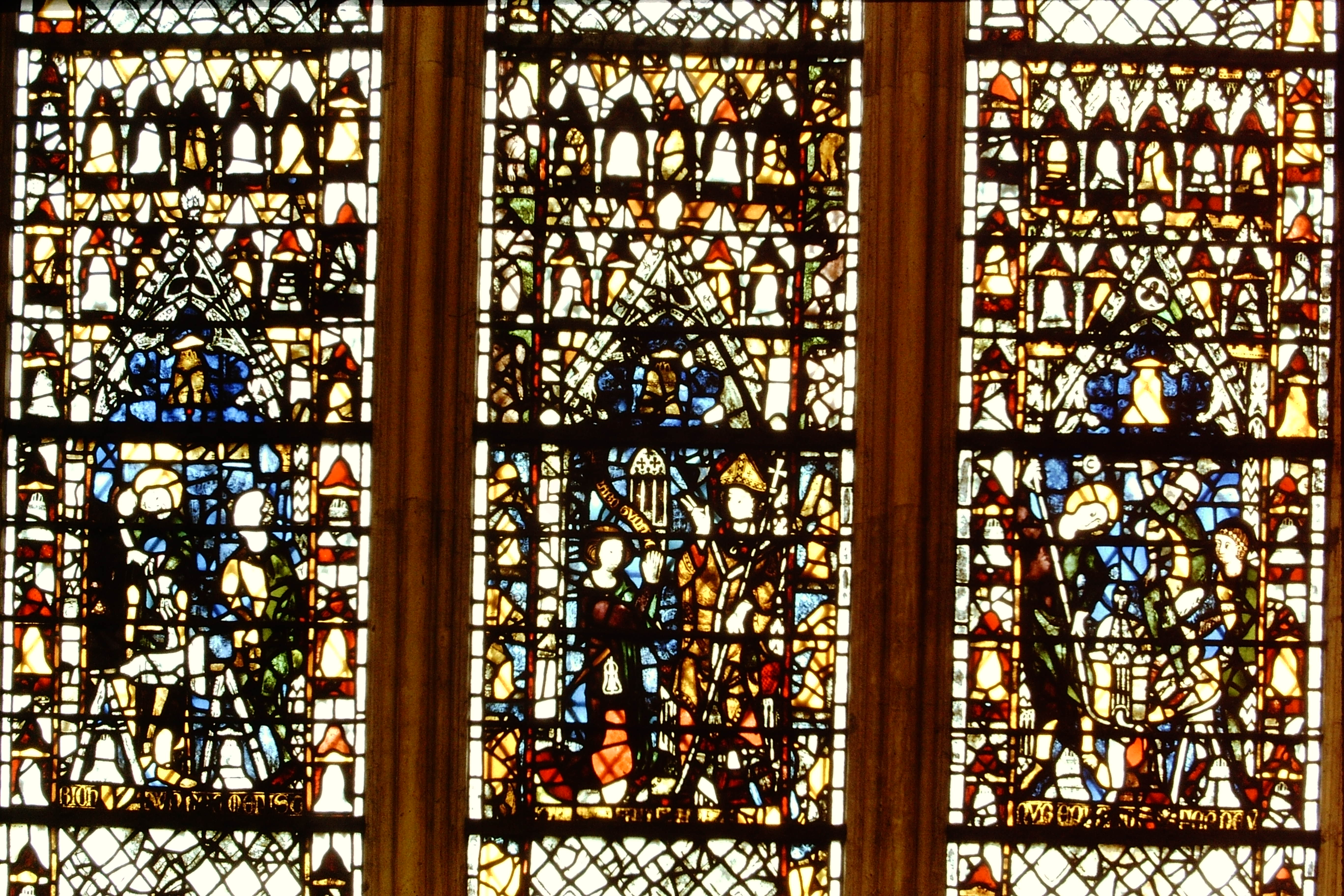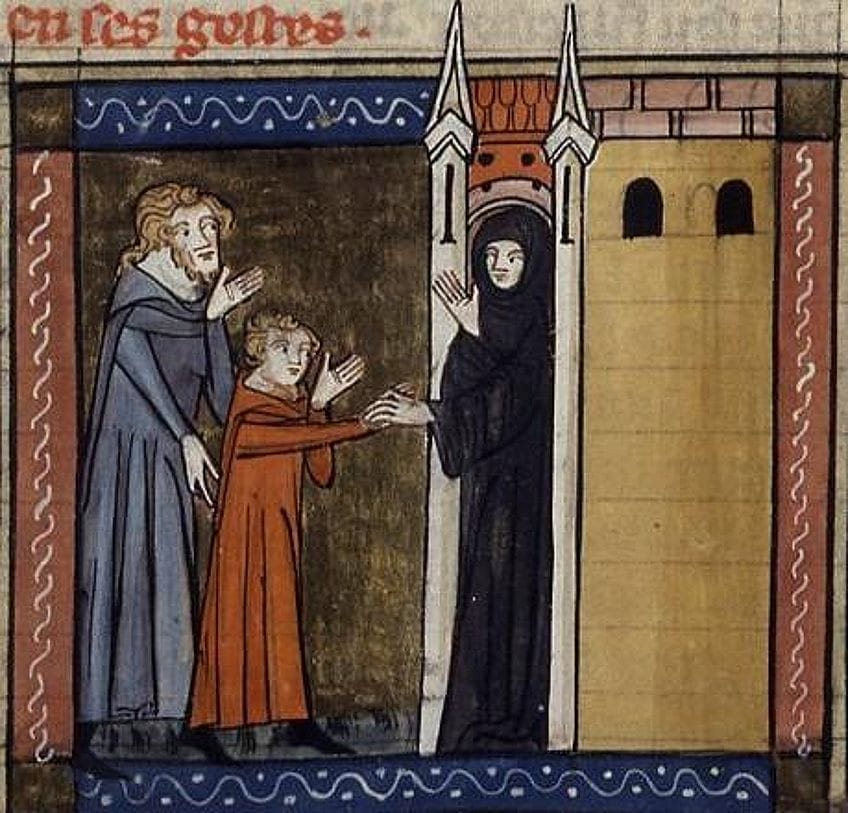

Although it lacks the consistent voice that only a single author can provide, it more than makes up for it in breadth, depth, and scholarly currency. The best starting point for a general introduction to British urban life in the Middle Ages. Cambridge, UK: Cambridge University Press, 2000. Includes a welcome chapter on city walls and plans. The organization is thematic rather than chronological, reflecting the author’s view that no sharp break occurred between medieval and early modern urban developments. Nicholas’s brief overview emphasizes theoretical approaches to urban history, particularly those of Weber and of central place theory. Basingstoke, UK: Palgrave Macmillan, 2003. Written for a broader audience than any of the other surveys listed here.

Chapter 5, which traces the evolution of urban morphology, is particularly valuable. An urban geographer, Lilley starts not with urban origins or sociological theory, but with a discussion of ideas put forward by planners and architectural theorists. Lilley’s account is a refreshing reevaluation of what had clearly become familiar territory by the 21st century. Urban Life in the Middle Ages, 1000–1450. The richest section, chapter 6, provides a panoramic survey of a wide range of urban settlements, beginning in Italy and moving north to include locations in Spain, France, Germany, Flanders, the Baltic, and Russia. Ennen emphasizes political organization and economic themes, but she also devotes chapters to the late Roman and early medieval periods, areas often left out of many compact surveys. Amsterdam: North-Holland, 1979.Ī remarkably balanced, wide-ranging survey of European urban life, originally published in German in 1972. The contributions of archaeologists to urban history are surveyed in Schofield and Vince 2003, which provides an excellent introduction to the field and a succinct overview of current knowledge.Įnnen, Edith. Though obviously dated, these works are still worth consulting today. They are represented here by Ennen 1979 (a Europe-wide account), Platt 1976, and Reynolds 1977. A number of very strong surveys appeared in the midst of a vigorous revival of urban studies during the 1970s. Both also contain substantial discussions of English material throughout their thematically organized chapters, and Lilley includes examples drawn from Wales and Ireland as well. Lilley 2002 and Nicholas 2003 are Europe-wide accounts that provide a broader geographical context and a sharper theoretical framework for understanding British developments. Both Palliser 2000 and Swanson 1999 make good starting points. The boundaries between the categories used here are best regarded, then, as porous, and those wanting to learn about particular aspects of urban life should sample broadly.Įxcellent surveys of British urban life abound. Likewise, the comprehensive approach found in individual town studies naturally includes a bit of everything. At least one of the works in the Women section has important implications for the economy, while an article listed under Economy focuses on women. Treatments of the urban economy, for example, often include a detailed discussion of social organization, as do accounts of politics and government. As a result, considerable overlap exists among the works in the sections that follow. The literature addressing these and other issues does not, unfortunately, break neatly into discrete categories. These themes reflect a conviction that the importance of towns was greater than their size alone would suggest. Most of the work done since the 1960s has focused on a handful of such central themes, with governmental arrangements, economic organization, and social relations being the most important. But scholars have always had deeper reasons, ranging from the significance of urban constitutional experiments, which were especially important to early historians of town life, to the value of the goods that passed through their ports and gates and changed hands in their markets. Why, then, has so much scholarly fuss been made over the history of English towns? The rich documentation that survives for many urban settlements certainly provides at least a partial answer.

Outside of London, which did rank as one of the largest and most important economic centers in Europe, few English cities could have stood with their continental counterparts in size, wealth, or political importance. England was famously lacking in urbanization in the medieval era, at least in comparison with much of the European continent.


 0 kommentar(er)
0 kommentar(er)
